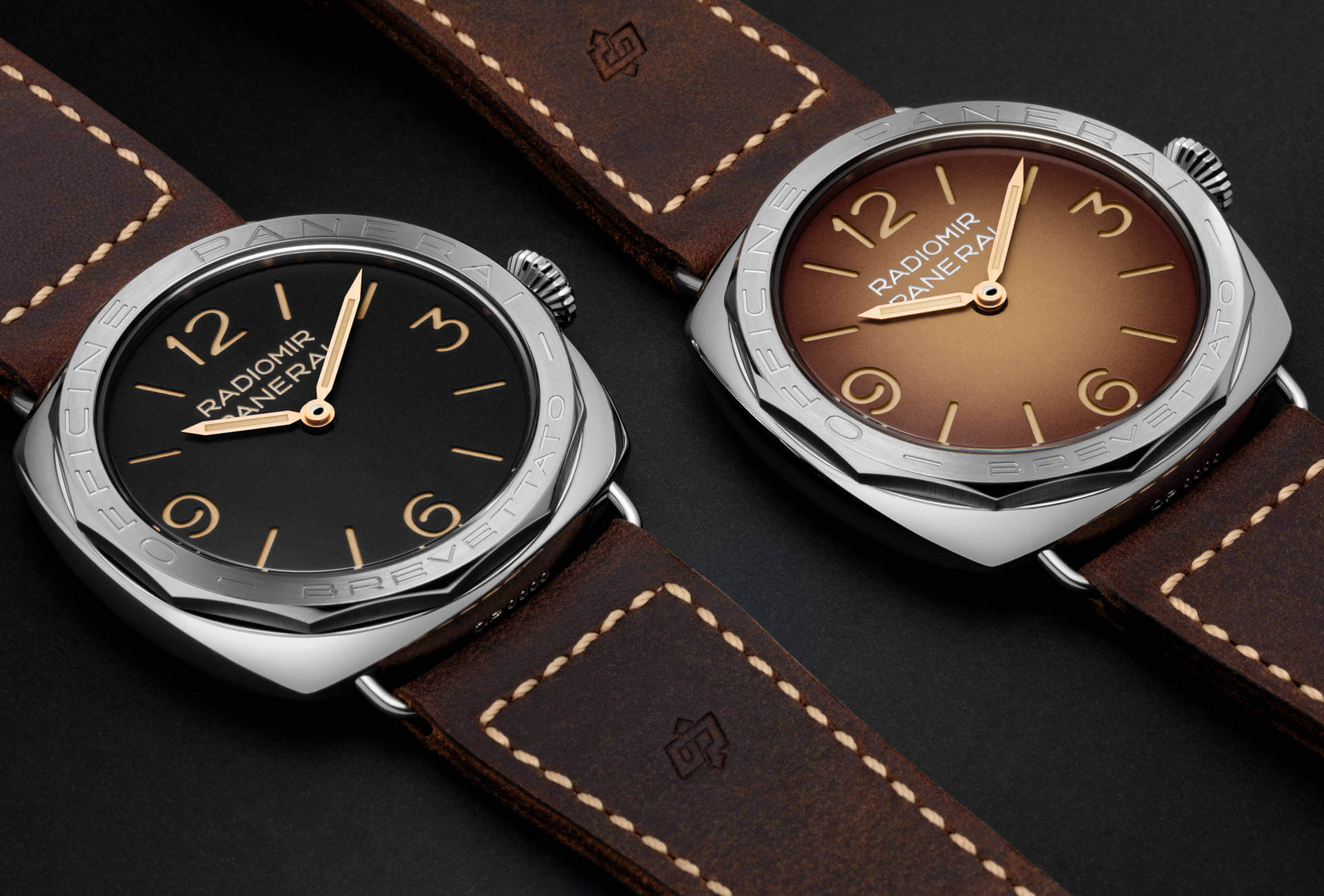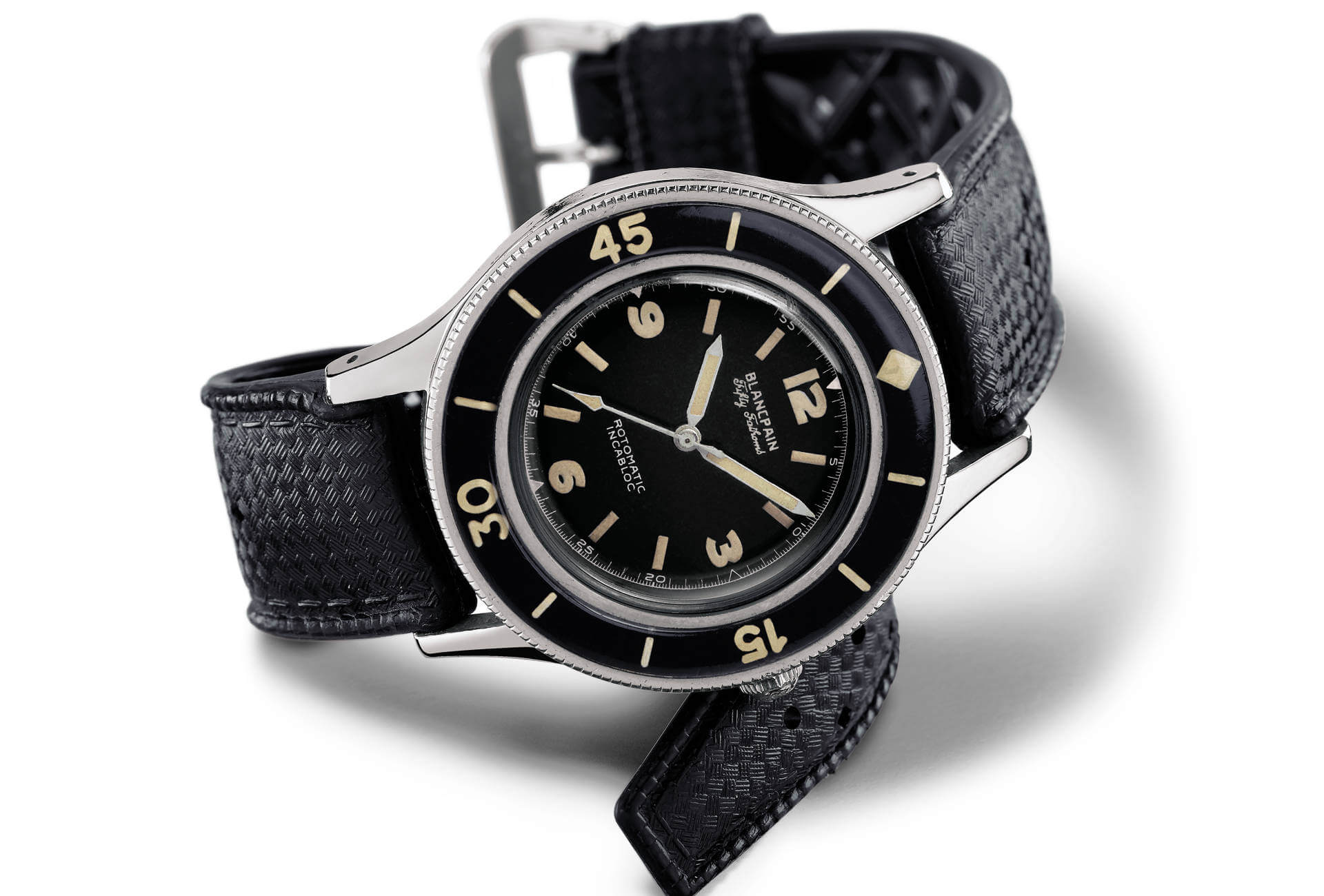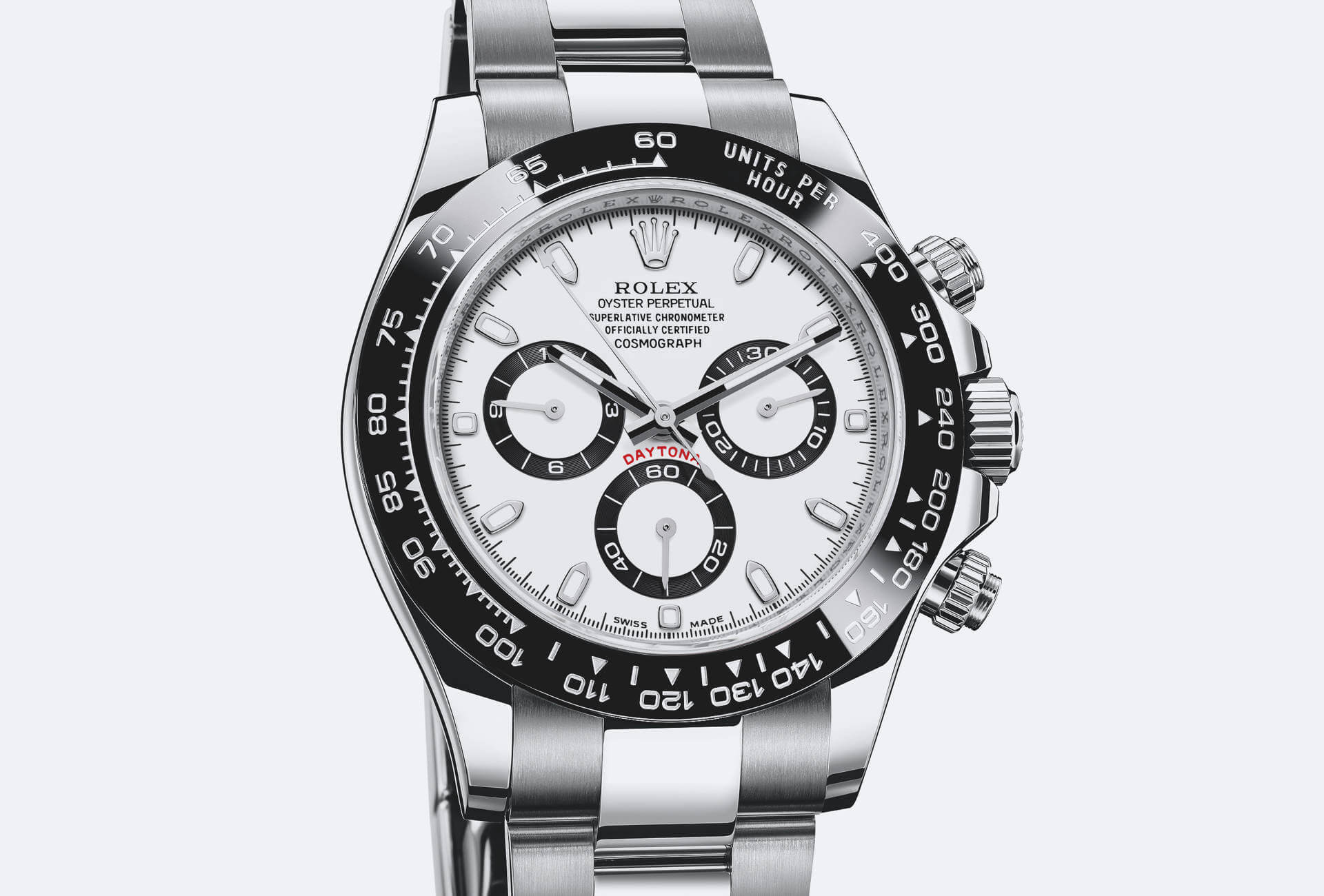Officine Panerai watches have an uncommon history. The first were produced in the utmost secrecy, most of them for combat divers in the Italian Royal Navy, and inscriptions – when there were any – gave no indication of the watch’s features, as they would today. These early timepieces weren’t yet known as Radiomirs, but they did use Radiomir: a substance invented and patented by Panerai in 1916. This highly luminescent radium compound glows even without exposure to artificial light or daylight, and was originally used on submarine targeting equipment and various measuring instruments. Another twenty or so years passed before the Florentine firm decided to use Radiomir on watches it would design itself (previously, it had acted as a distributor of watches by other brands).
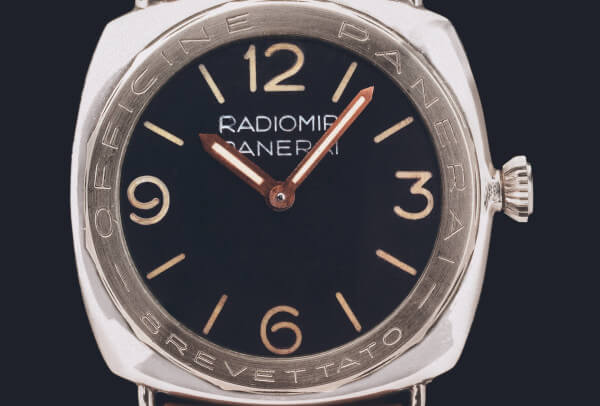
Radiomir, a luminescent substance
Prototypes were made and tested by divers from the Primo Gruppo Sommergibili combat unit in 1936 following which, in 1938, these imposing (47x47mm) dive watches with Radiomir markings went into production, with the sandwich dial Officine Panerai still uses today. This two-part construction has a solid bottom plate with, on top, a second plate with numerals and markers cut out. These cavities can be filled with a larger quantity of lume, and proved ideally suited to the use of Radiomir. In his book, Panerai, Giampiero Negretti tells how the glow was so bright that for certain night drills, commandos had to cover the dials so as not to be spotted by lookouts. Post-World War II, Radiomir – considered too dangerous because of its radium content – was gradually replaced by Luminor, which has a tritium base. Proof that the changeover took several years, the “Egiziano Piccolo” and the enormous “Egiziano” (60mmx60mm), for the Egyptian navy, both have Radiomir despite being made in 1954 and 1956 respectively. When in 1993 the brand released an edition for a civilian clientele, it chose a modern and more efficient alternative: SuperLuminova.
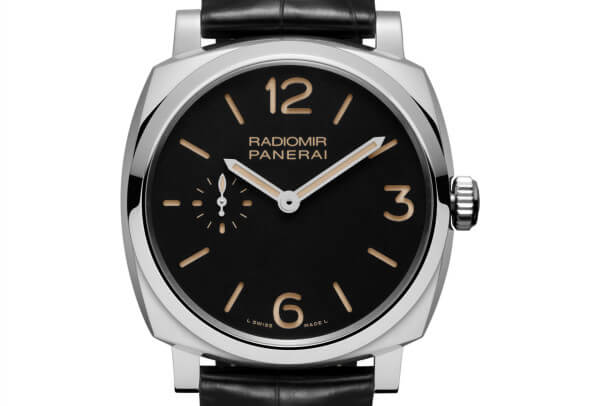
Radiomir, a contemporary collection
Radiomir is now the name of the collection inspired by Officine Panerai’s very first military watches. The cases are all large with a cushion shape, although a distinction can be made between the Radiomir and the Radiomir 1940. The former takes its cue from the 1938 models: wire lugs (once soldered to the case but now detachable) and a conical crown for easy grip. It entered the catalogue in 1997 as a Special Edition in platinum, returning in 2005 in a subtly updated version which also housed Officine Panerai’s first proprietary movement. The Radiomir 1940 incorporates modifications, introduced in 1940, to make the original design more robust, namely lugs and case milled from a single piece of metal, and a cylindrical crown. It has been part of the brand’s offering since 2012.
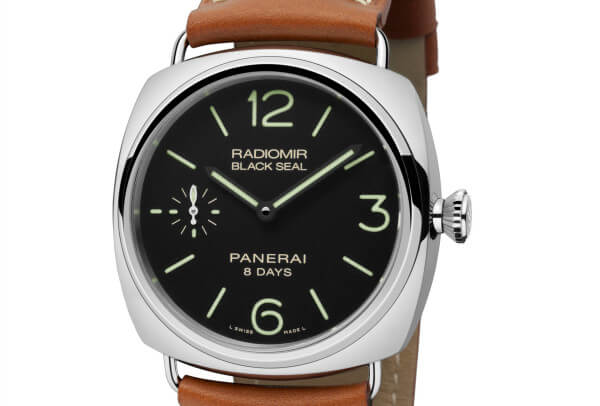
As in the past, dials can vary but almost always feature four Arabic numerals at the cardinal points, baton markers and a seconds subdial at 9 o’clock. Minus the small seconds, this is an identical configuration to the original military watches. When production was launched in 1938, this dial was deemed far more legible than the one used for the prototypes, which combined Roman numerals, Arabic numerals and markers. Both possibilities can be admired in the Radiomir 1936 and Radiomir 1938, released in 2006. Ten years later, the Radiomir 1940 3 Days revisited the “Egiziano Piccolo”, one of the last to use Radiomir lume. Its “faded” dial is a nod to the fading sometimes observed on these watches, a side effect of the radium.
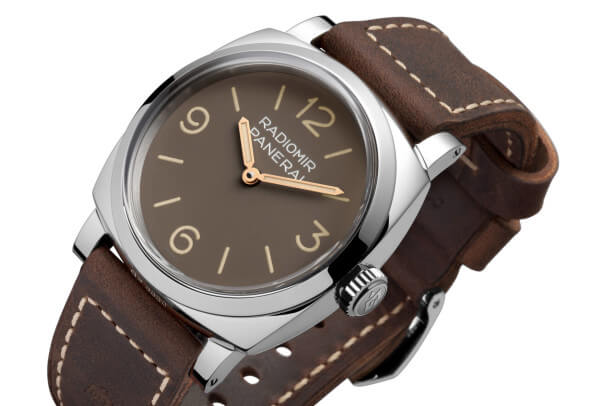
Radiomir watches have been instrumental to Officine Panerai’s success with the general public ever since the brand was launched on international markets in 1997. Few imagined such giant-sized watches would prove so popular, including with women, paving the way for the big watch trend of the 2000s.








